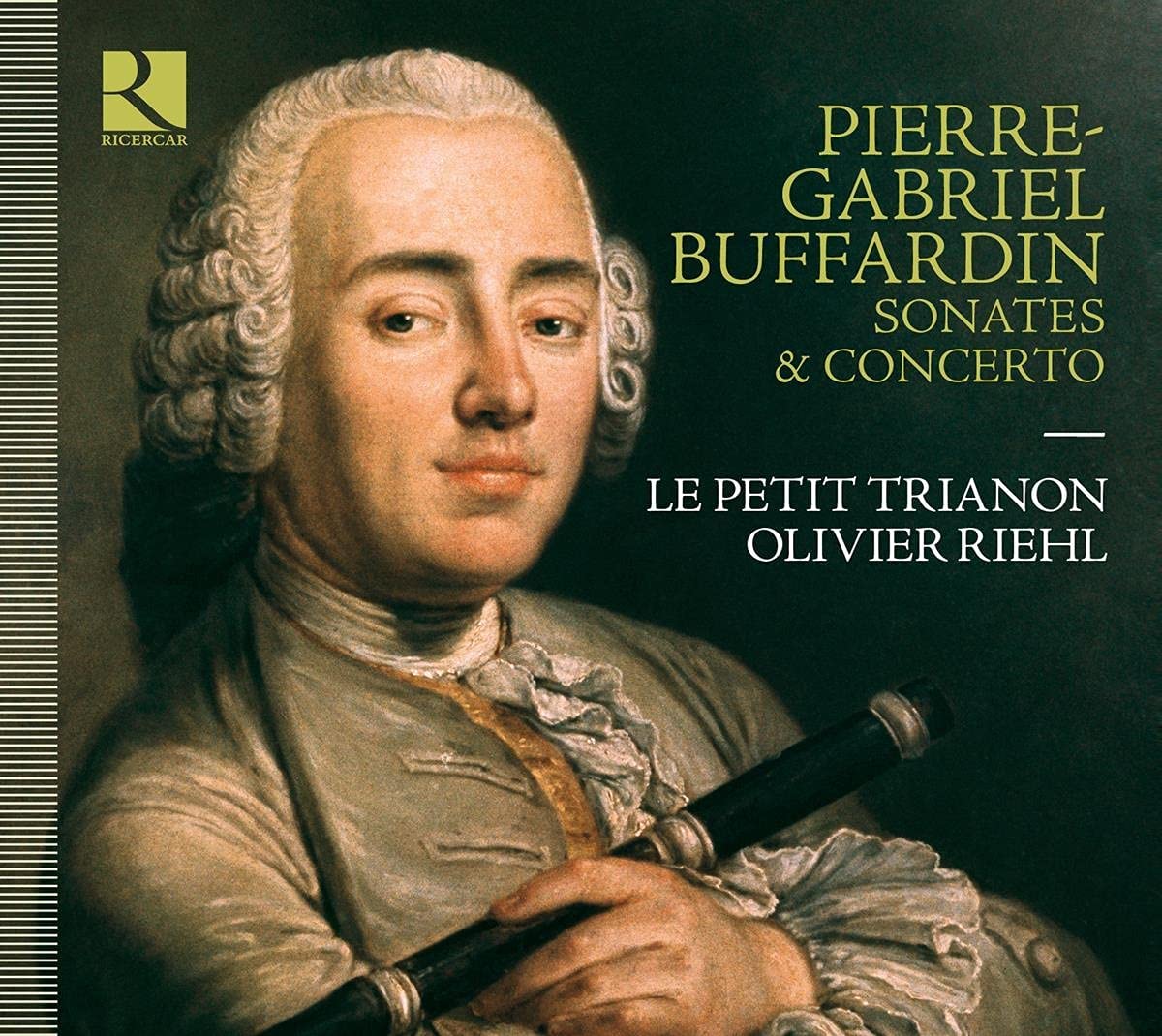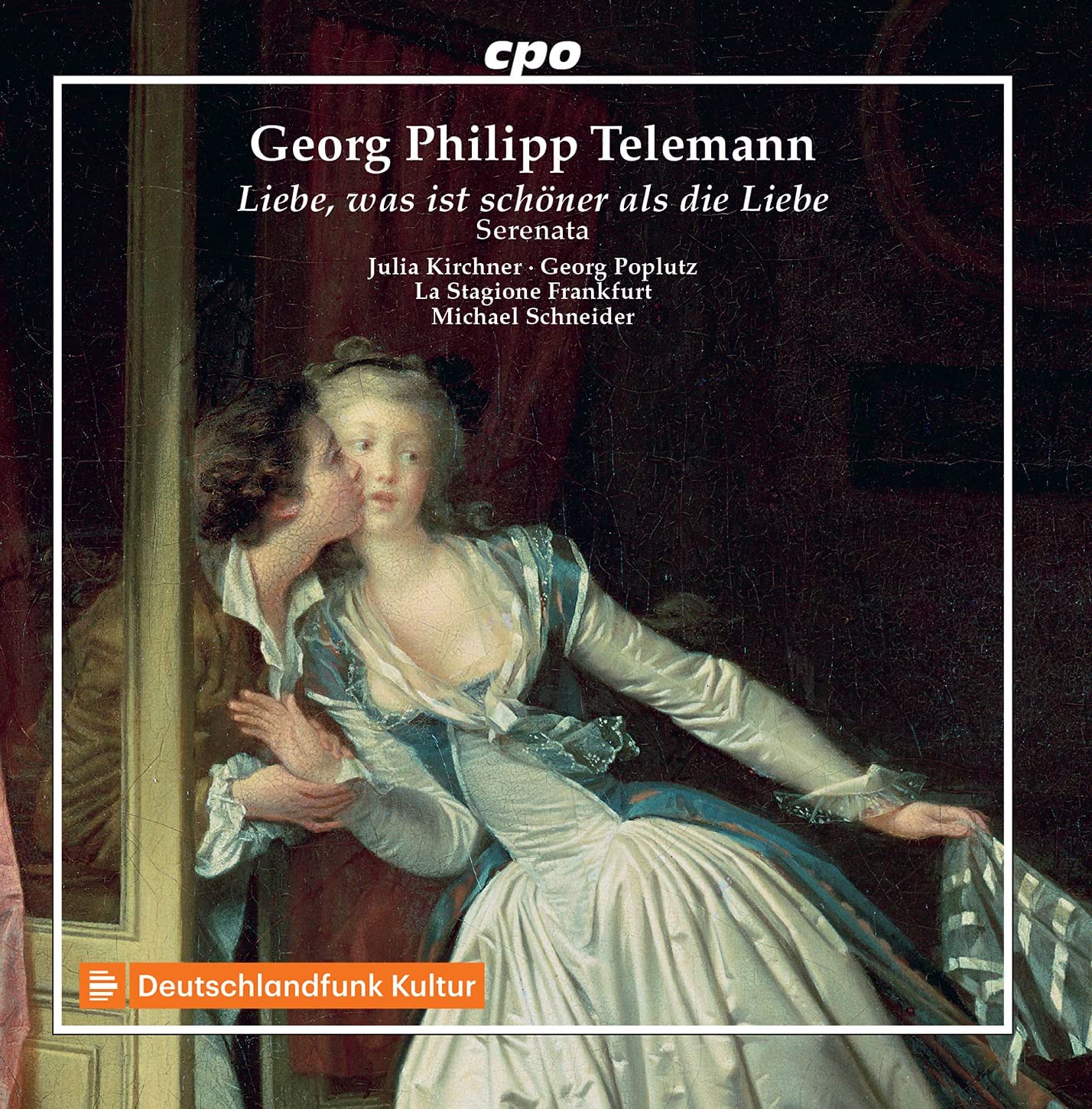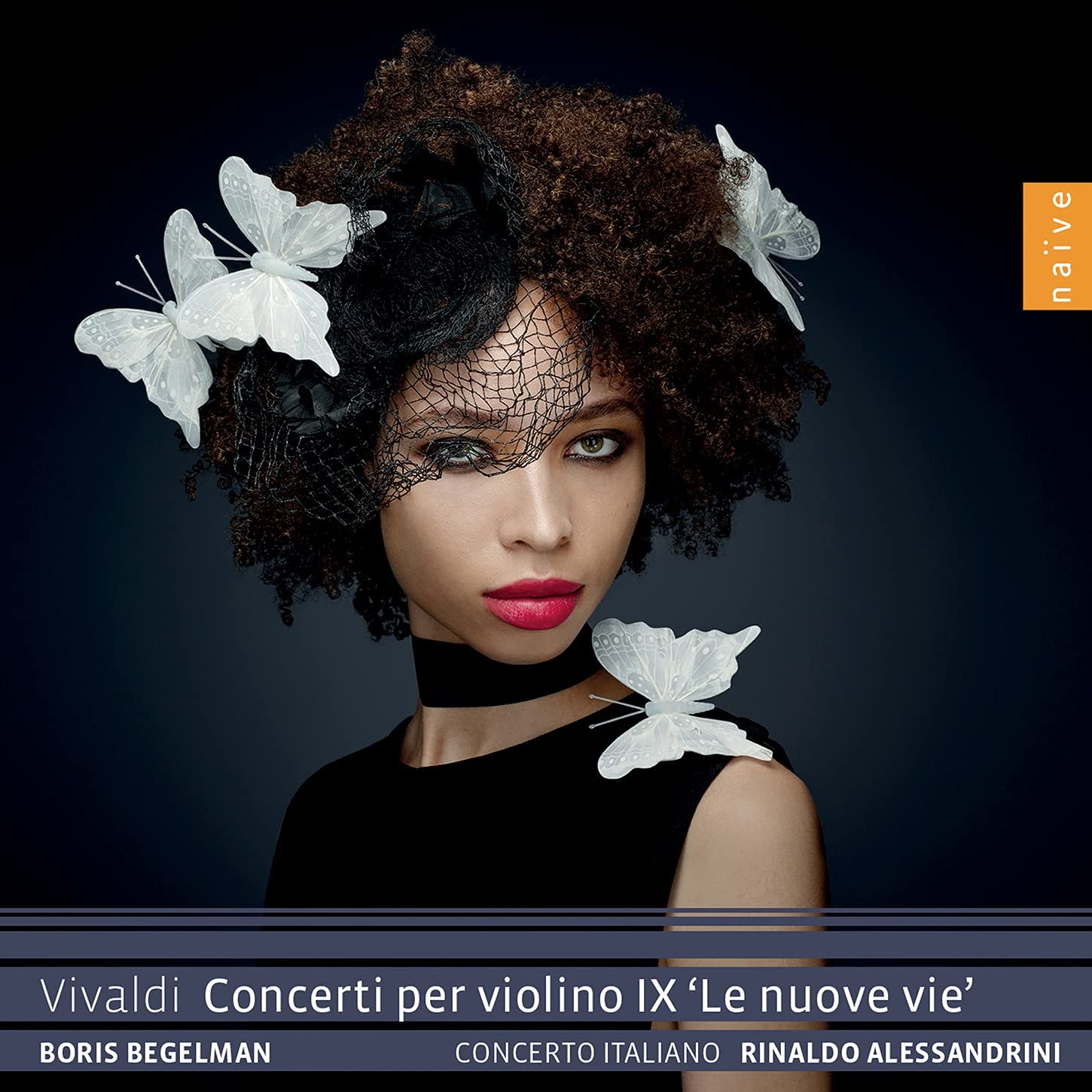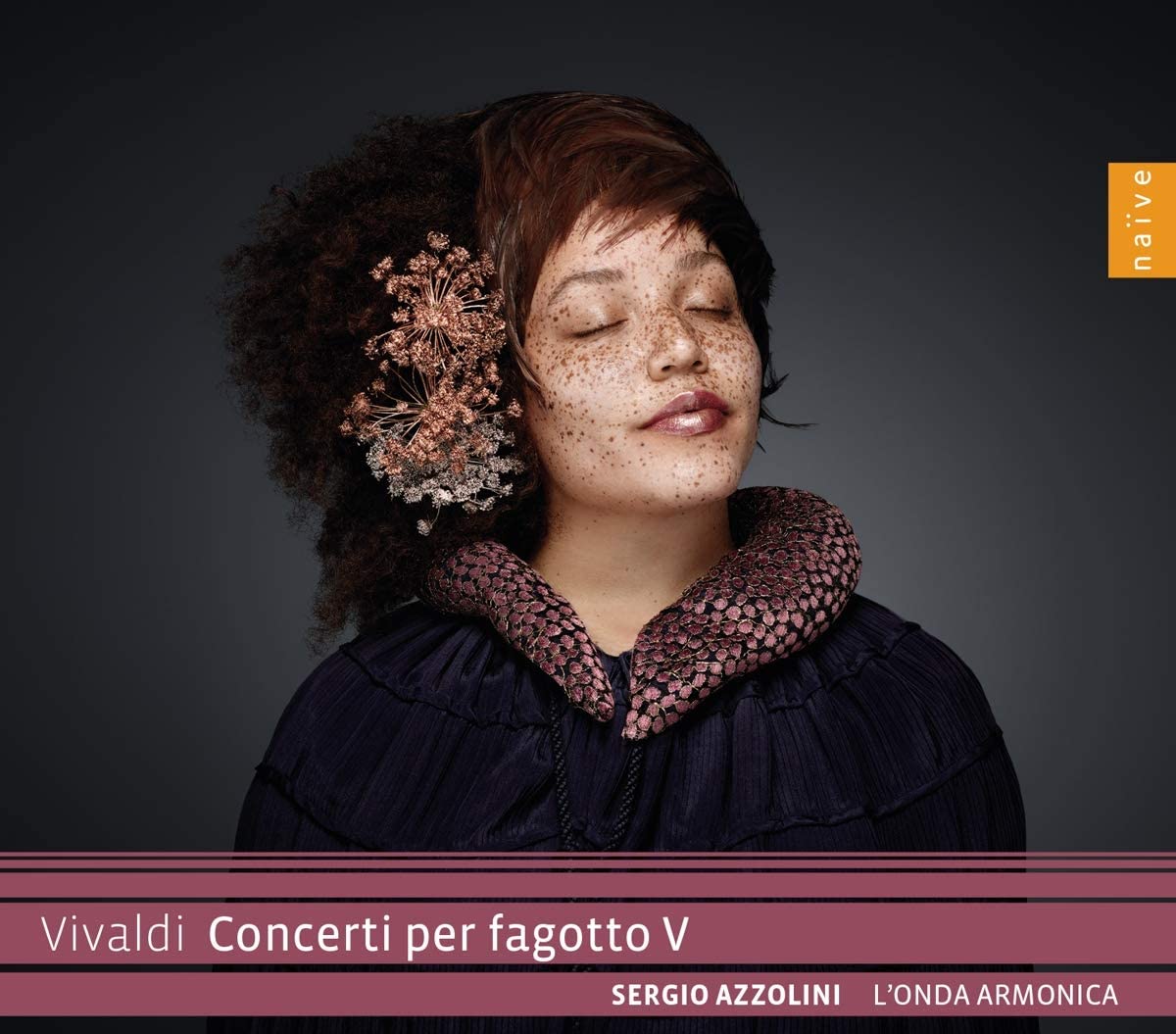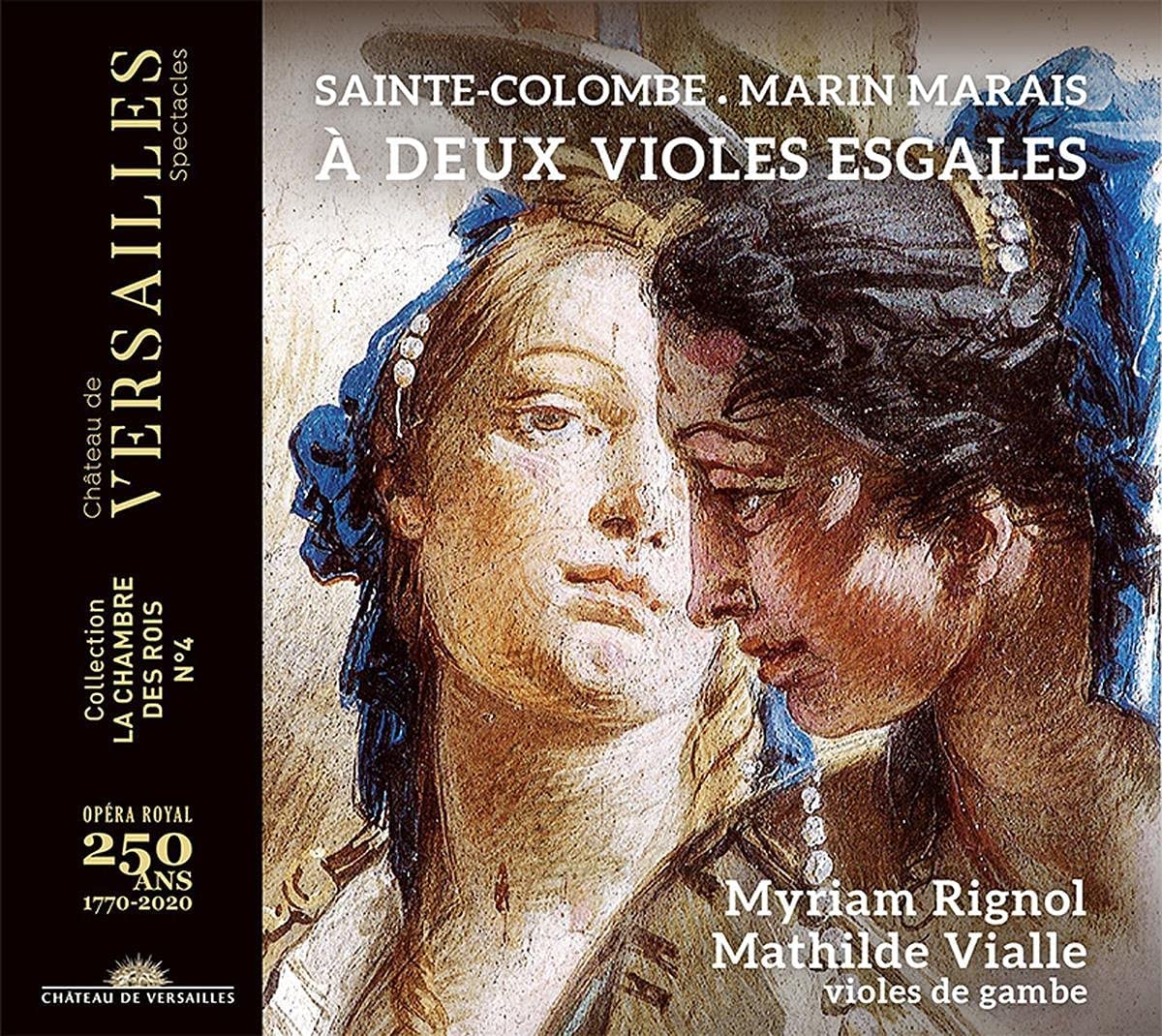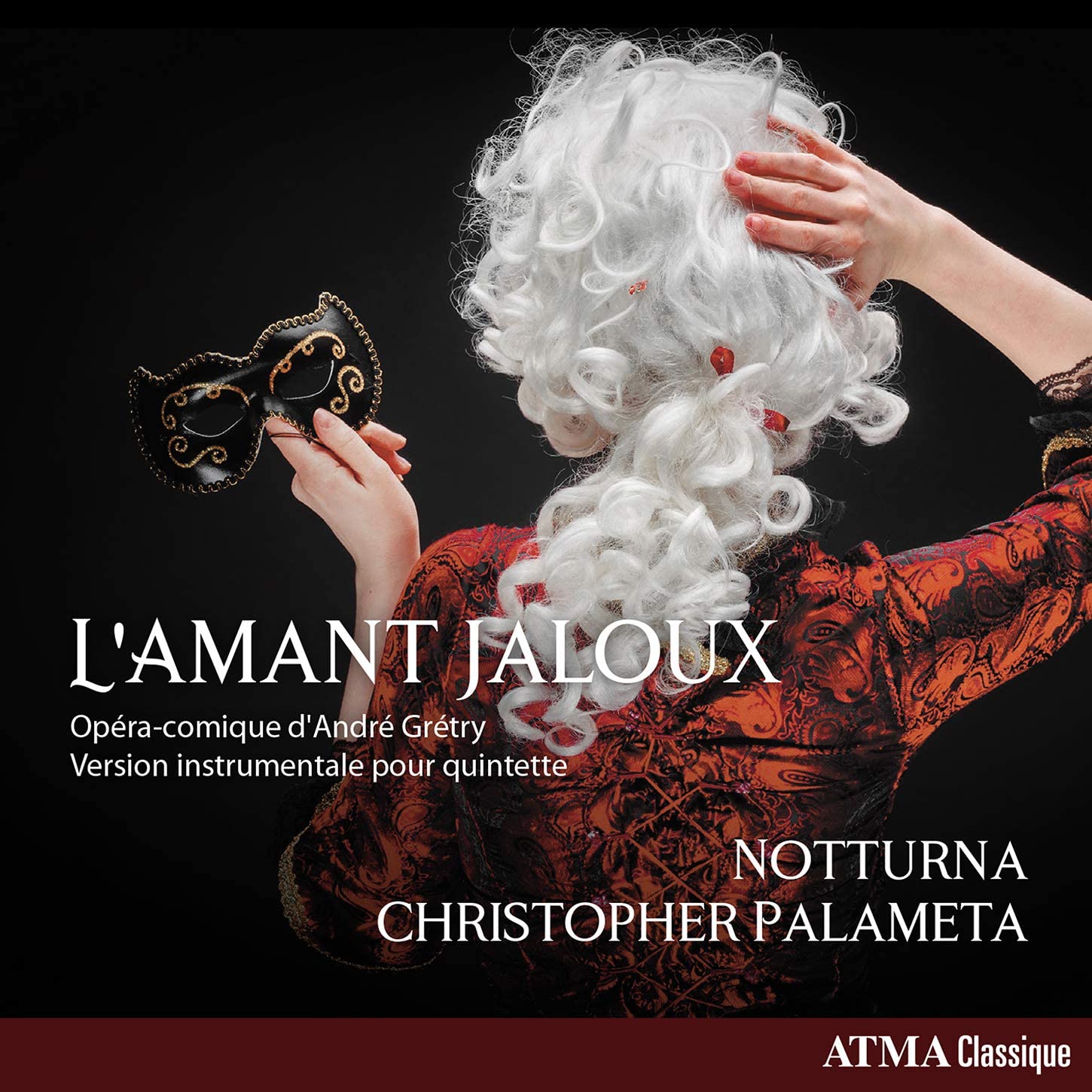Le Petit Trianon, Olivier Riehl
75:48
Ricercar RIC 428
Click HERE to buy this on amazon.co.uk
[These sponsored links help the site remain alive and FREE!]
Buffardin is perhaps most famous as the teacher of Quantz and the inspiration for some of Johann Sebastian Bach’s most elaborate flute writing, including the finest sonatas. Here he emerges as a composer of competence and charm, and often more than that: the cadences in the D major sonata’s Allegro would grace the music of any of his contemporaries.
And this is news, for these sonatas are either recent discoveries or ascriptions to Buffardin. I therefore regret that two of the six sonatas we hear include additional parts by or for members of the ensemble, transforming the solo movements into trios/quartets. Indeed, over-elaboration is an unfortunate feature of several items, with the combination of two linear instruments on the bass line too strong for the flute (a modern copy of one of Buffardin’s own) and all but overwhelming the harpsichord.
Having said that, however, it must also be added that all the playing positively bristles with life and commitment, perhaps heard at its best in the opening of the fine concerto, a work which first achieved ‘fame’ in a Musica Antiqua Köln recording 40 years ago. So, although it does come with a few health warnings, this is a disc that will give much aural pleasure with the booklet (English, French and German) offering adequate support.
David Hansell
